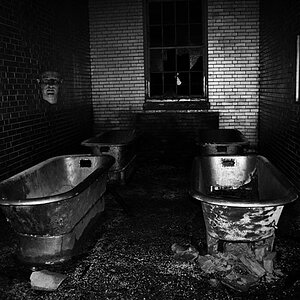Now I know a bit about photography and Photoshop (maybe not as much as you people here but more than the average Joe Blow in the street) and I've been visiting some photographers for my own up and coming wedding.
This photographer tried to tell me that it's possible to do a wall print from a photo that is only 2 mb. Is this true or not? I'm not sure what it was shot at.. maybe around 4? mp or so?
But her camera has a max of 10 and she was telling me that it doesn't always shoot at that level, it depends what elements are in the photo and the camera will know (or she will select) the right setting so the photos will all be taken at different mp depending on the composition of the photo and hardly ever at the max of the 10??
is this true?? I found this really hard to believe...
thanks.
This photographer tried to tell me that it's possible to do a wall print from a photo that is only 2 mb. Is this true or not? I'm not sure what it was shot at.. maybe around 4? mp or so?
But her camera has a max of 10 and she was telling me that it doesn't always shoot at that level, it depends what elements are in the photo and the camera will know (or she will select) the right setting so the photos will all be taken at different mp depending on the composition of the photo and hardly ever at the max of the 10??
is this true?? I found this really hard to believe...
thanks.


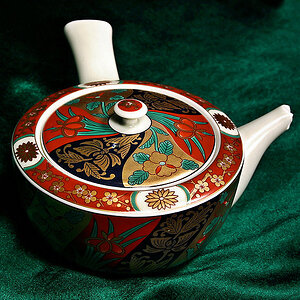
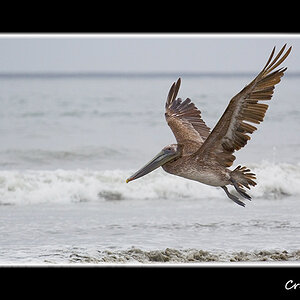
![[No title]](/data/xfmg/thumbnail/42/42230-fa8ace50a80342c7d91db1431f911bab.jpg?1619740048)
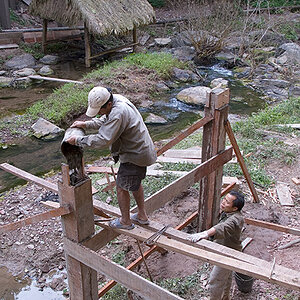
![[No title]](/data/xfmg/thumbnail/36/36303-10b1a386a9a00cf90fb7605d2d2c48c1.jpg?1619737497)
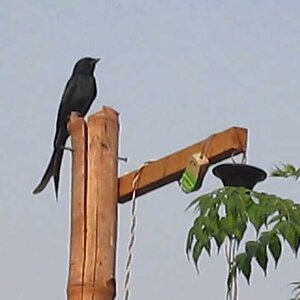
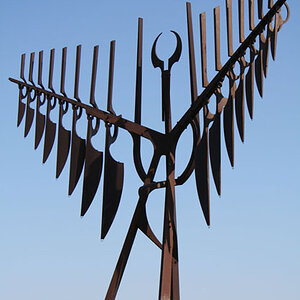

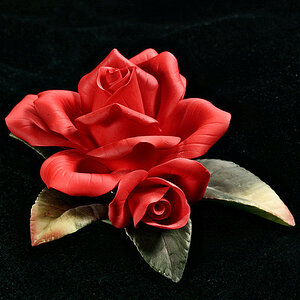
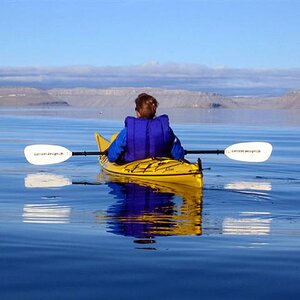
![[No title]](/data/xfmg/thumbnail/36/36299-468f060314a0ac2bf5e37da1c33149d2.jpg?1619737493)
